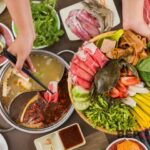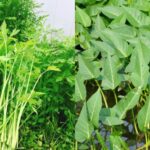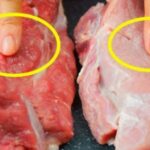Ground Meat
At the butcher’s, aside from the neatly cut and visually appealing slices of meat, ground meat is also readily available for purchase. Many people favor ground meat for its convenience, as it requires no preparation and can be cooked immediately. However, what you may not know is that ground meat is often made from various meat scraps, fat, and even old meat.
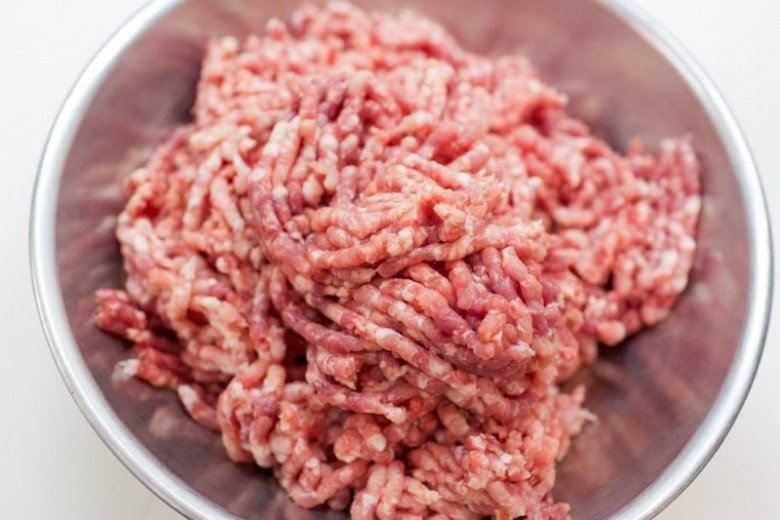
Some sellers even use this ground meat to make fried spring rolls, betel leaf meat rolls, and meatballs, which they then sell in the market. While these dishes may be delicious, you cannot be sure of the quality of the meat used.
Therefore, it is best to buy fresh meat in its original form from a reputable shop instead of opting for pre-ground meat. Alternatively, you can choose your cut of meat and ask the butcher to grind it on the spot, ensuring that the grinding machine is hygienic. If not, it is advisable to purchase the meat and grind it yourself at home.
Pickled Mustard Greens
Many people may be surprised by this, as pickled mustard greens are a delicious and popular side dish, offering a tangy and crunchy contrast to other foods. They are commonly bought to accompany meals, and they can also be stir-fried or used in soups. However, during the pickling process, some sellers do not maintain adequate hygiene standards. For example, they may dry the mustard greens in dusty areas or use paint buckets for pickling, which can be very harmful. Worse still, some might even use toxic dyes like yellow dye to make the greens look more appealing.
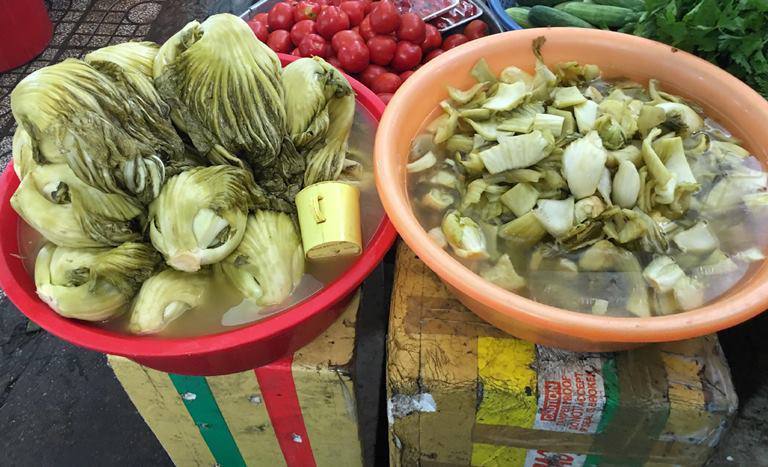
When buying pickled mustard greens, it is essential to choose a reputable seller. Look for greens with a natural yellow color rather than an unnaturally bright shade, which could indicate the presence of chemicals.
If you have the time, you can even try pickling your own mustard greens at home, ensuring both taste and food safety.
Bean Sprouts
Bean sprouts are a common sight in markets, but not all of them are safe to consume. Some sellers use unidentified growth stimulants to speed up the sprouting process, resulting in more attractive and crisp-looking sprouts that sell well.
To avoid buying sprouts treated with these chemicals, pay attention to a few key characteristics when shopping:
– Shape: Chemically enhanced sprouts tend to look plump and appealing but are brittle and easily breakable. In contrast, natural sprouts are usually thinner and more resilient.
– Length: Sprouts grown without stimulants are typically only half as long as those treated with chemicals.
– Roots: Natural sprouts have longer roots because they need to absorb water. In contrast, chemically treated sprouts have short or no roots, as the stimulants cause all parts of the sprout to absorb water, hindering root development.
– Leaves: Natural sprouts have leaves that are starting to open or have yellow or green shoots, while chemically treated sprouts have two closed shoots.
– Color: Chemically enhanced sprouts are stark white, whereas natural sprouts are off-white or creamy.
Additionally, making your own bean sprouts at home is not difficult, so if you have the time, you can ensure both freshness and safety. Homemade sprouts taste sweeter, are more crisp, and are definitely cleaner.
Dried Radish
Dried radish is a unique and flavorful ingredient loved by many. When cooked, it adds a delightful crunch to dishes. However, if you’re buying dried radish from an unknown source, proceed with caution. During the drying process, it is possible for flies to lay eggs on the radish, which can be harmful to your health.
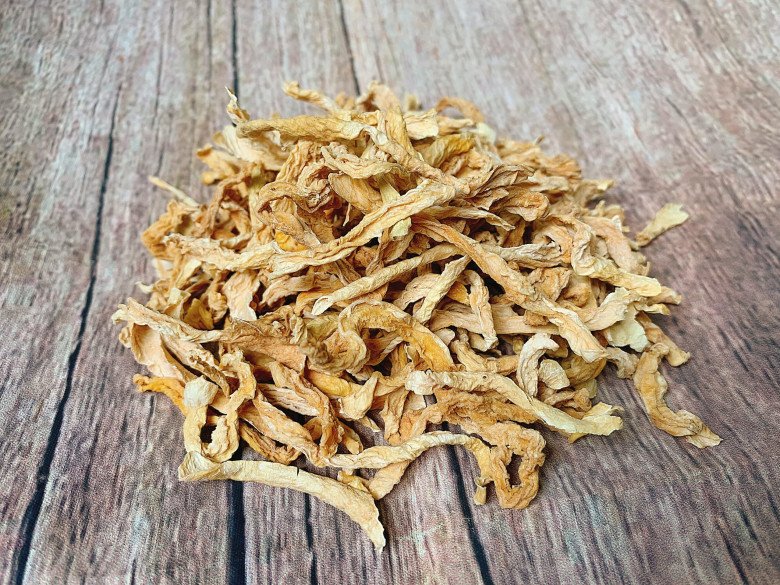
Therefore, it is advisable to purchase dried radish from a trusted source or, better yet, dry it yourself.

























